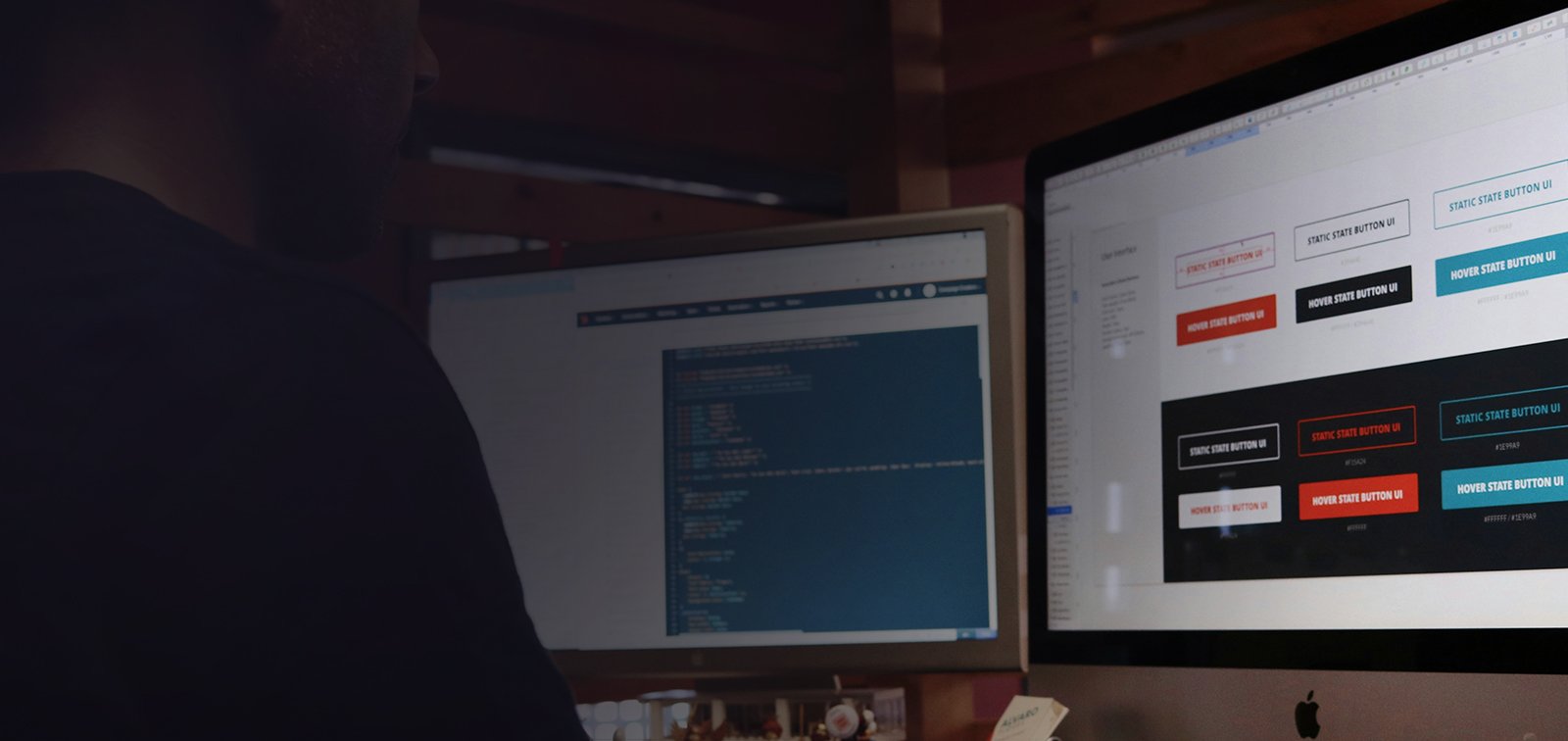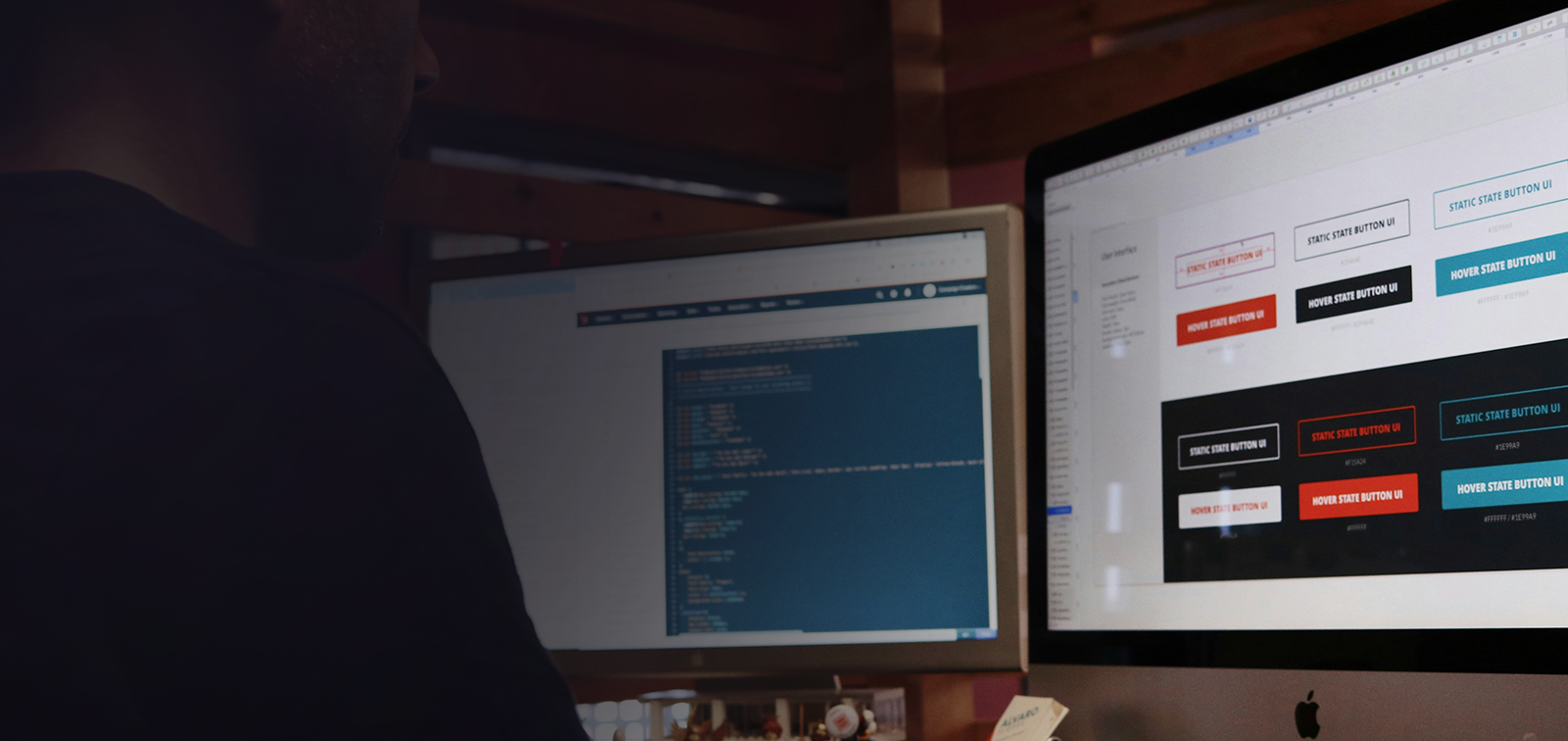Articles in Best Practices

Creating SEO-Powered Content: A Complete Guide

Make It Click-Worthy: On Button Accessibility

Make It Click: On the Anatomy of a Button

A Step-by-Step Guide to Implementing Design Systems

How do web developers use a design system?
While there is an abundance of information available about building design systems (including a great breakdown of Atomic Design methodology from our art director Elena Nazzaro), there are fewer resources available for developers to understand how to implement them.









